There’s just something about a river canoe trip. Maybe it’s the promise of fewer portages, maybe the feeling of going with the flow or maybe the anticipation of what’s around the next bend. Of course, there’s invariably some drawbacks to paddling a river, including lifting over beaver dams, dragging through shallow sections and often having fewer options for where to pitch your tent for the night. But what if there was a river that had all of the pros above and more, and none of the cons?
Meet the Kushiro River.
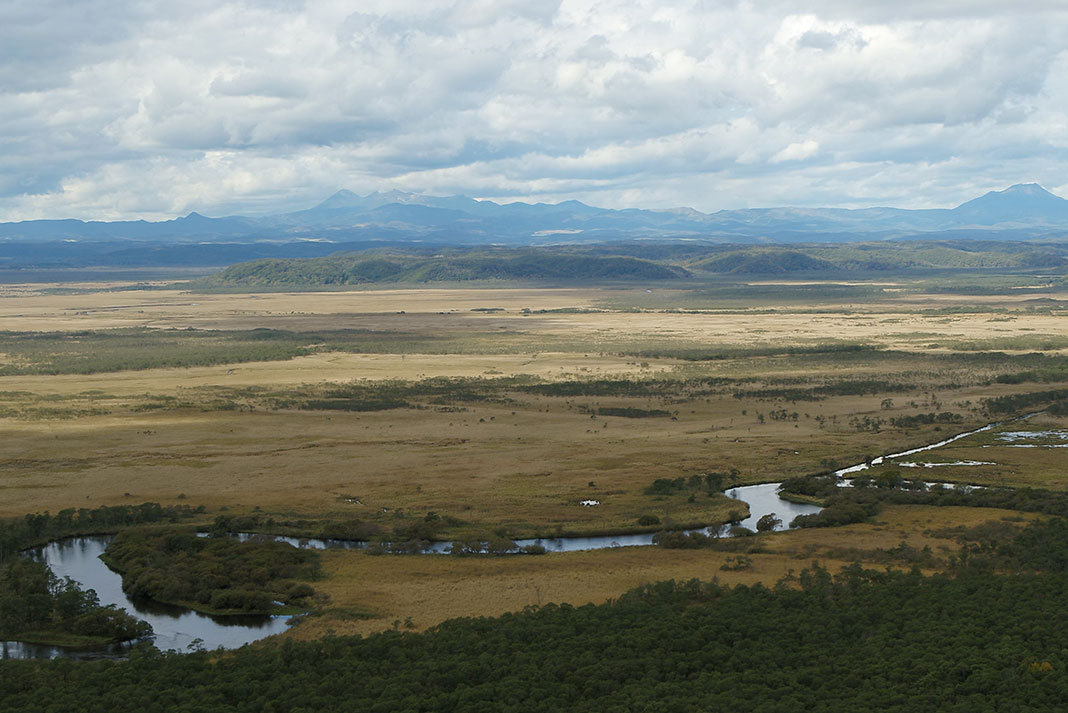
100 kilometres in length, the Kushiro River runs through the pristinely beautiful Kushiro Shitsugen National Park on Japan’s most northerly island of Hokkaido. There are no beavers in Japan, so no dams to worry about on this river—even the man-made kind. And with depths consistently ranging from two to six feet year-round, there’s no need to get out and drag sections. Lastly, designated campgrounds along the way mean you never have to wonder where you’re going to sleep at night.
So with none of the drawbacks of river trips marring your experience on the Kushiro, you can focus entirely on the merits. Watch this video to experience canoeing on the Kushiro River.
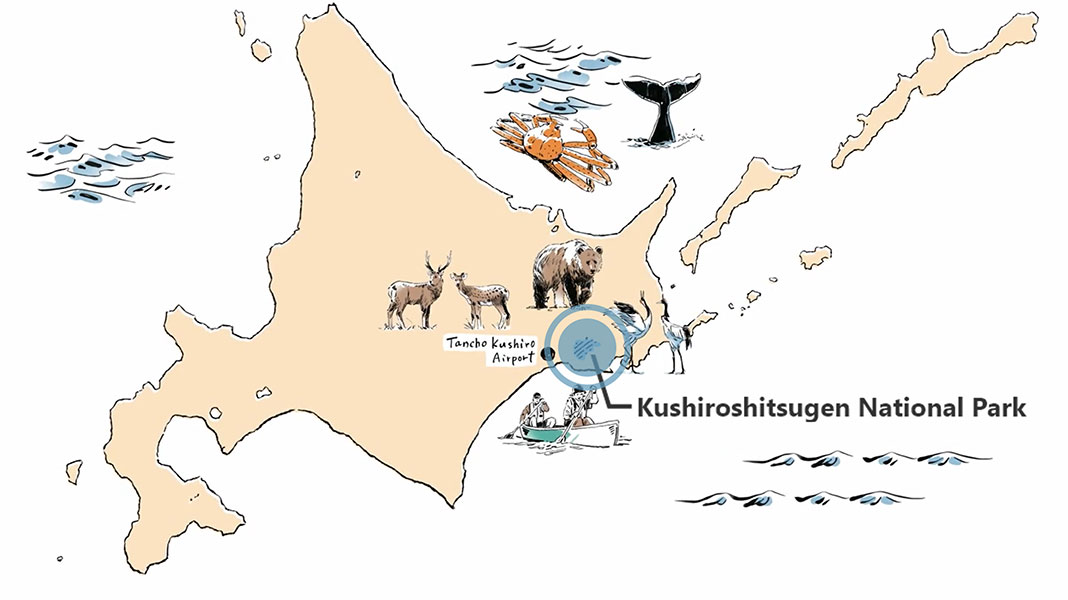
The national park is without a doubt the highlight of the river. Its here that you enter a vast marsh—the reason this 260 square kilometres was designated a national park in the first place. It’s unsuitability for development combined with the more recent efforts of conservation groups have kept the marsh in an unspoiled state, abounding in flora and fauna.
In fact, in 1980 it became the first place in Japan to be registered as a Wetland of International Importance by the Ramsar Convention. Many of the elements of the wetland that make it so valuable are also the elements that make it a prime canoe tripping destination.
Read on to find out what makes the Kushiro River the best place to canoe trip in Japan.
Beautiful scenery
Running from Lake Kussharo out to the Pacific Ocean, the Kushiro River roams through incredibly varied, yet equally stunning, scenery. For the first 50 kilometres from the headwaters, the river is hemmed in by jungle-like growth with overhanging trees and thick bushes. Lakes farther downstream are nestled among rolling, tree-covered hills. But enter the marsh for a landscape all its own and that is starkly different in its beauty.
Reeds and grasses line the riverbank, the wetland on either side rising only a few metres higher than the water and stretching out in every direction, flat and unobscured until it meets the distant horizon. There is beauty in the vastness of both the land and sky, your eyes not quite knowing where to linger with nary an obstruction for 360 degrees.
Take in the sheer magnitude of the landscape from the heart of it, the river, and afterward soak it in from above from one of the many observation decks. The Kushiro Marsh Observatory will provide you with various lookout points along its 2.5-kilometre boardwalk trail. From here you can see the river winding through the marsh and stretching on into the distance.
Plentiful wildlife
In an environment so flat and unimpeded, you would think there would be no secrets. Yet hidden within the reeds and grasses, and beneath the surface of the turbid waters, are myriad creatures, each more intriguing than the last. All in all, Kushiro Shitsugen National Park contains 700 species of plants and 1,300 species of wildlife.
Look in the waters around you to catch a glimpse of Japanese huchen, or “phantom fish,” the largest species of freshwater fish found in Japan. Look to the riverbank to see Ezol sika deer gazing back at you. On shore you might uncover the rare Siberian salamander, which is believed to have survived the Ice Age. White-tailed hawk often take to the skies, looking for fish and rodents below.
The crown jewel of the park is the red-crowned crane. Once thought extinct in Japan, a small population was discovered in the marsh. Thanks to protective measures, the cranes have flourished, numbering 1,500 today. Since these are non-migratory birds, you can view and witness their graceful dance year-round.
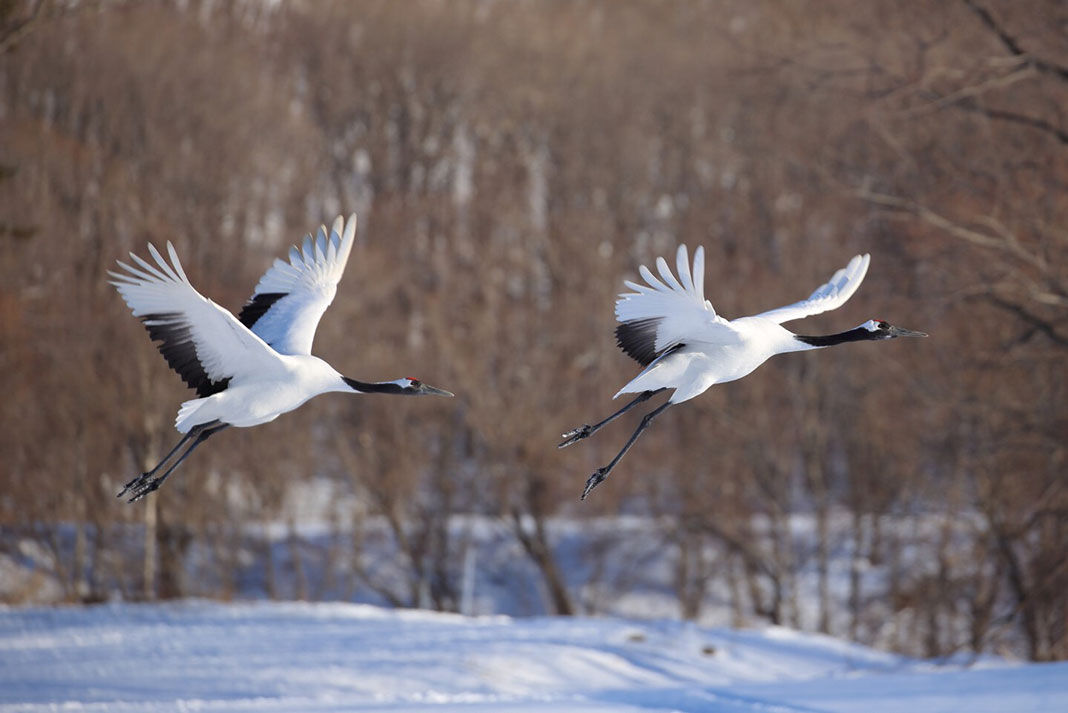
The Kushiro River flows at one to two kilometres per hour, allowing you ample opportunity to observe the wildlife you might encounter and float quietly on by.
A multitude of day tripping options on lakes and rivers
Whether you’re short on time or looking for a full-on adventure, the Kushiro River provides plenty of options from a range of outfitters. Choose between a two-hour or four-hour tour through the marsh with Kushiro Marsh and River. North East Canoe Centre offers a half-day tour from Lake Toro, along the Arekinai River and through the marsh.
HGM Outfitters offers a full-day course through the marsh, including time for fishing and a lunch break. The Lake Toro Nature Centre offers the most diverse day trip offerings, varying in length from 1.5 hours to three hours.
Multi-day adventure ready
Take advantage of the full length of the Kushiro River on a multi-day canoe trip. Once again, multiple companies offer tours, varying in length. Somokuya offers the trip in four days and three nights, and supplies all camping and paddling equipment. They can also accommodate shorter trips such as two days/one night and three days/two nights. Nanook’s tour, alternatively, takes five days and four nights.
If you prefer to kayak, River and Field offers a tour that takes four days and three nights. Camping equipment isn’t included, but you can rent from the company.
Starting at the headwaters, you can expect deep, wetland-like forest, lots of bird activity and crystal-clear waters. This section is much wilder than downstream sections and there are frequently downed trees. You’ll even navigate through some class II swifts.
Most tours choose to skip the section after this, between Teshikaga and Shibecha, in part because the river here has a concrete bottom and seawalls on both sides, making for a less scenic paddle, but primarily because flood damage has made a portion hazardous to paddle through. Instead, you’ll be driven to an access point upstream of the marsh, and continue on down to the Iwahogi Water Gate or Hosooka, depending on the length of tour.
On all trips you’ll enjoy solitude away from roads and towns, and be able to truly soak up your surroundings and discover all its most closely held secrets.
Explore archaeological sites
Begin your trip from or make a side-trip to Lake Toro to explore 400 archaeological sites that lie within the surrounding hills. There was once a kotan, a traditional Ainu—the indigenous people of Hokkaido—village here. It’s likely the people living here caught salmon and trout on the lake, using the waterways to trade with other villages.
Today, there is a train station and a national highway near the lake, continuing the tradition of the lake as a transportation hub.

Take advantage of incredible guides
Regardless of your paddling ability, guides only serve to enhance your trip experience, as they are a source of knowledge about the area you’re traveling through and will be able to help you navigate the unfamiliar waters. In many cases, such as with HGM Outfitters, Nanook and Lodge Shirarutoro, the guides will stern the canoe, allowing you to take in your surroundings. The guides at Lodge Shirarutoro are environmental education instructors, able to provide insights into the surrounding ecology.
Lakeside Toro uses large canoes that fit eight people, making trips more accessible to kids and older folks, and allowing outings as a whole family. Your guide will expertly steer the canoe and point out interesting natural phenomena as you encounter them on your journey.
All-season paddling
While winter temperatures do fall below freezing and the area does receive some snowfall, the Kushiro River rarely freezes anywhere but at its mouth, allowing paddling tours to run throughout the winter. Outfitters continue to offer tours into the winter months on even Lake Toro and the Arekinai River, right up until these waterways ice up.
Companies that offer winter paddling include Lakeside Toro, Family Canoe Toro and Toro Nature Centre. Wintertime paddling is a magical experience, granting you views of hoar frost covered trees, mist over the water and sparkling riverbanks.
Of course, the most popular time to visit Kushiro Shitsugen National Park is April to September, when the weather is warmest. Plan your trip in June or July to see the landscape at its most lush. During this time, you’ll have a full display of irises, Jacob’s ladder, daylilies, and Japanese meadowsweets.
In fall you’ll be witness to the changing leaves, breathe in crisp air and enjoy quieter surrounds as the world slips into hibernation.
Easy to get to
The reason there are so many trip options on the Kushiro River is that the river has various access points, most of which take little effort to reach. Forget needing a four-wheel-drive vehicle and having to drive hours at a snail’s pace to reach the put-in.
The cities of Kushiro and Shibecha are located very close to the national park boundaries, and roads and railways pass close to the Kushiro River at several points along the route through the marsh, allowing you quick and easy access.
Many visiting paddlers rent a car at the nearby Kushiro airport and use this to access their starting point on the river. Even easier: If you choose to take a guided tour, you can take a shuttle bus from the airport to JR Kushiro Station, where the guide will pick you up and transport you to the put-in. Alternatively, you can catch a train from JR Kushiro Station to the start of your paddling adventure. It’s not uncommon for those with folding boats to use public transportation to get to and from the river!
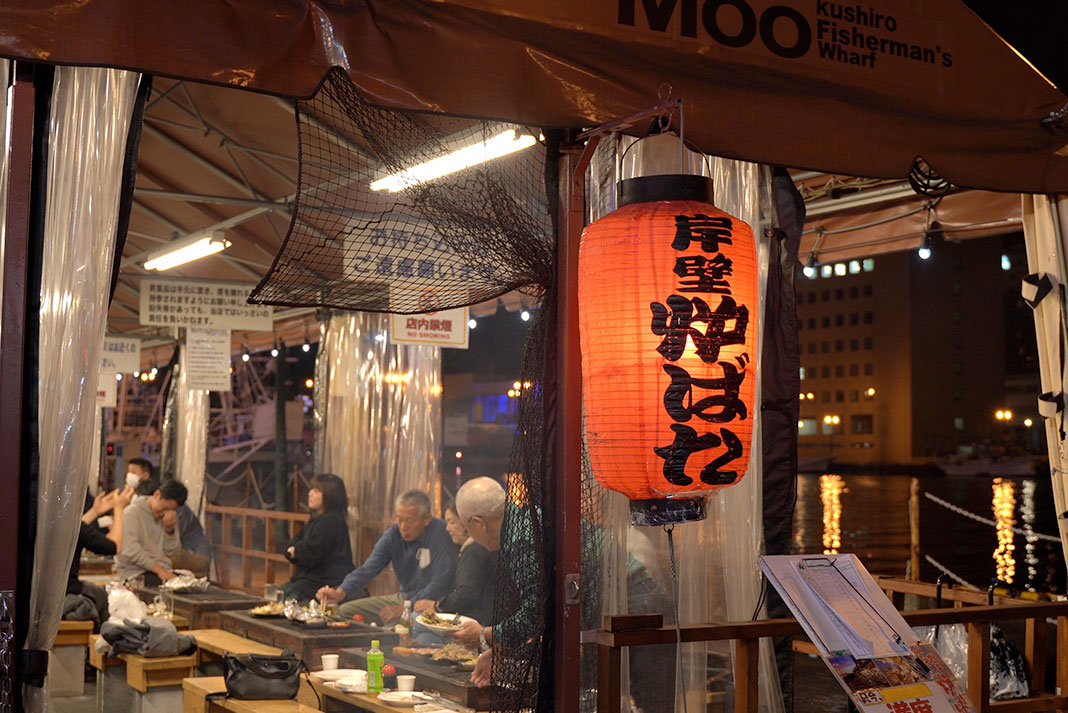
Incredible post-trip meals
Once off the river, the first priority is a good meal. Kushiro is the birthplace of robatayaki, a traditional style of coal grilling that has become synonymous with Japanese izakaya—a type of informal Japanese bar. Robatayaki originated from a century’s old practice of cooking food at the edge of the hearth.
There are many places to try robatayaki in downtown Kushiro City. In traditional restaurants, cooks with years of experience use their expertise to bring out the flavor of ingredients such as oysters, shrimp, crab, and Okhotsk atka mackerel, all caught in the nearby sea. There is also a growing number of more relaxed establishments where you can try grilling for yourself.
Ganpeki Robata, located in Kushiro on the Kushiro River, is a great place to experience and indulge in this cuisine. Here you can enjoy seafood on the quay of Kushiro Port and take in views of the Nusamai Bridge. Make a reservation, purchase a ticket, and then peruse the offerings at each counter, using your ticket to purchase different food and drink items. Once you’ve selected your ingredients, go to your seat and begin grilling. The staff will instruct you in how to grill different things and make recommendations.
Range of accommodation options
Immerse yourself in nature by basing your stay or pulling off the river and stopping for the night at a campground. Takkobu Auto Camping Ground is located on Takkobu Lake, which connects to the Kushiro River via a small tributary. This is a fully featured campground with coin showers, laundry, a small shop and access to the Kushiro wetlands. They rent canoes, bicycles, tents and sleeping bags. You can choose to tent camp, but they also have small, one-room lodges.
Toromotomura Campground is a more basic campground on the shores of Lake Toro, providing simple tent camping sites and washrooms. You’ll have access to Lake Toro and the Kushiro River from here.
Find out more here:



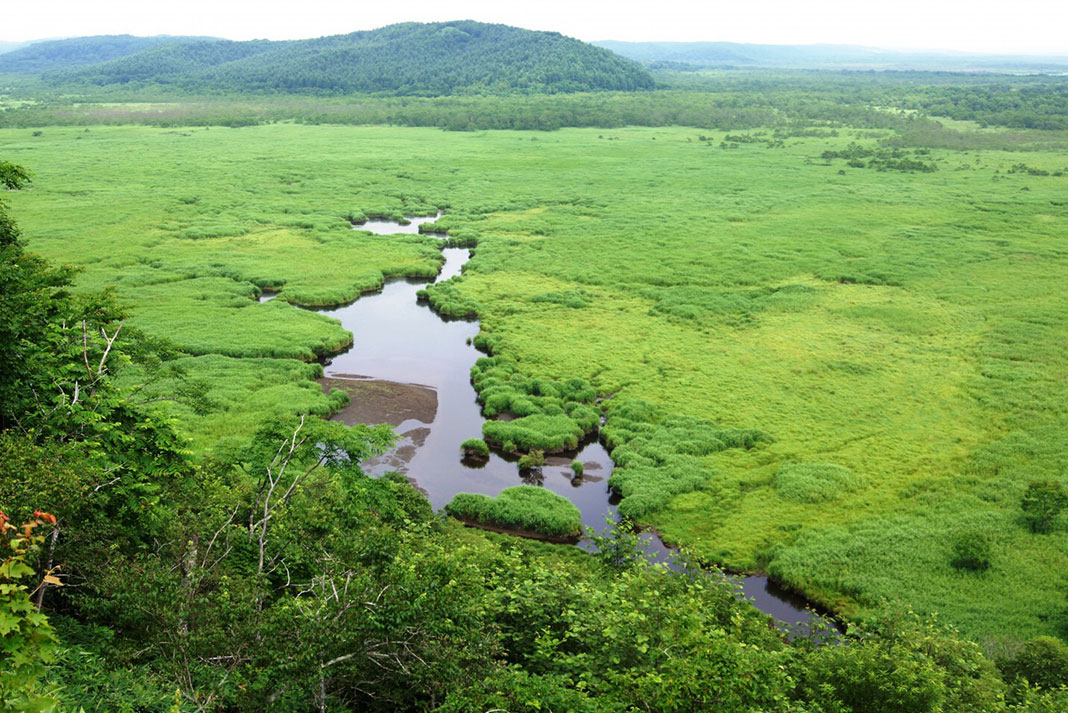
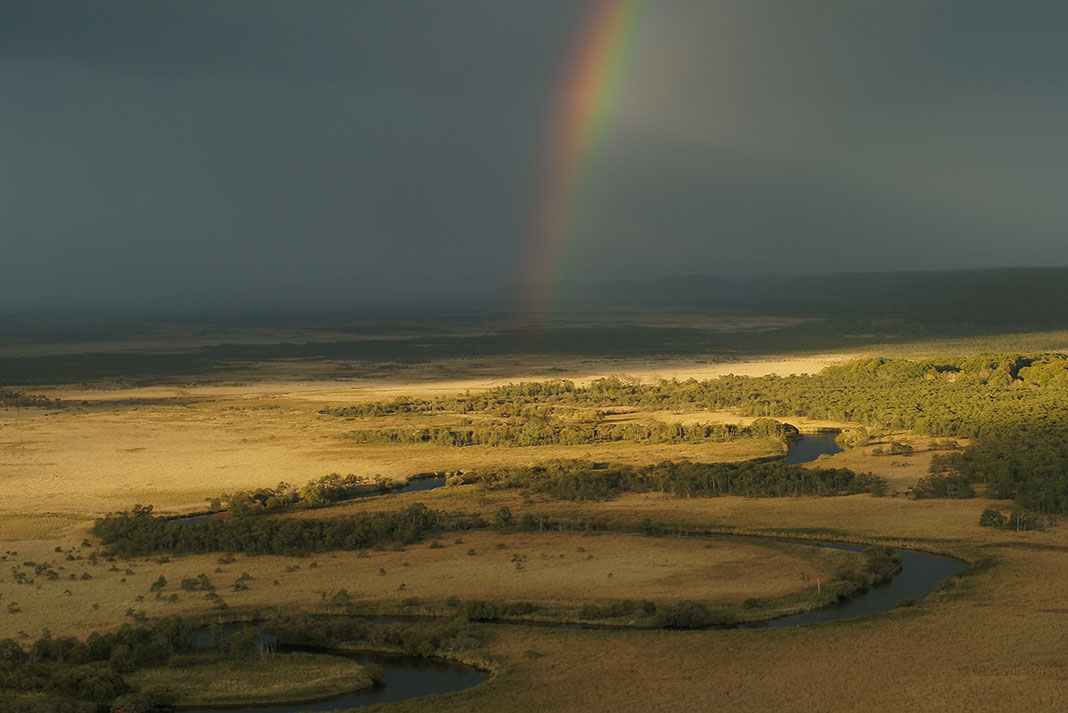
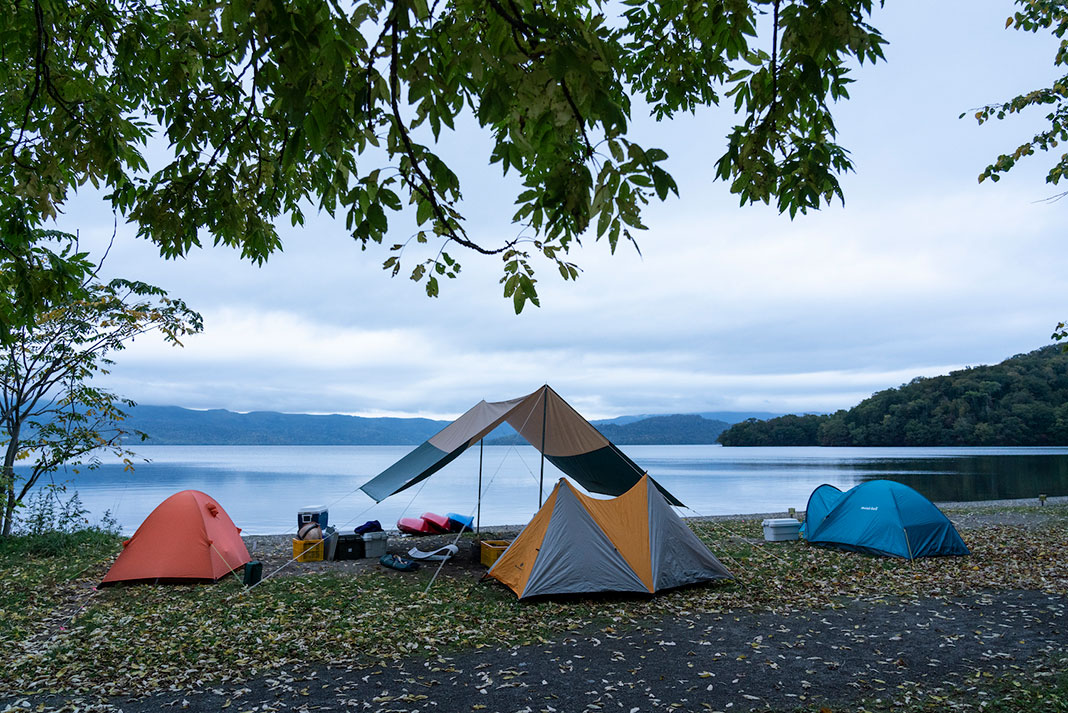
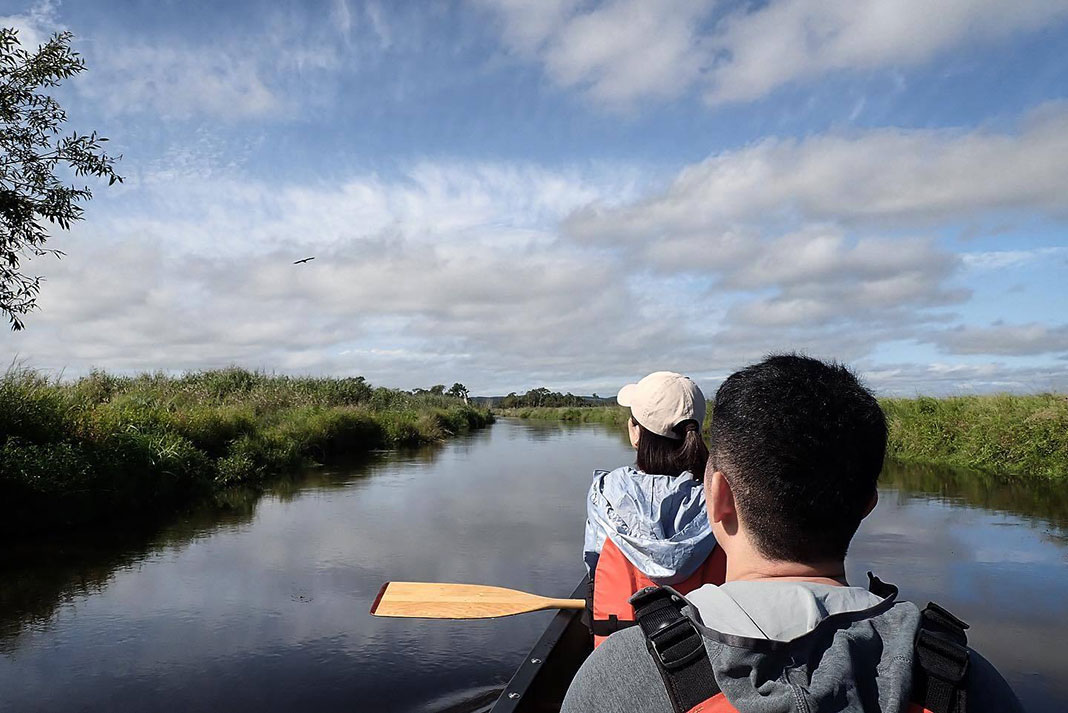
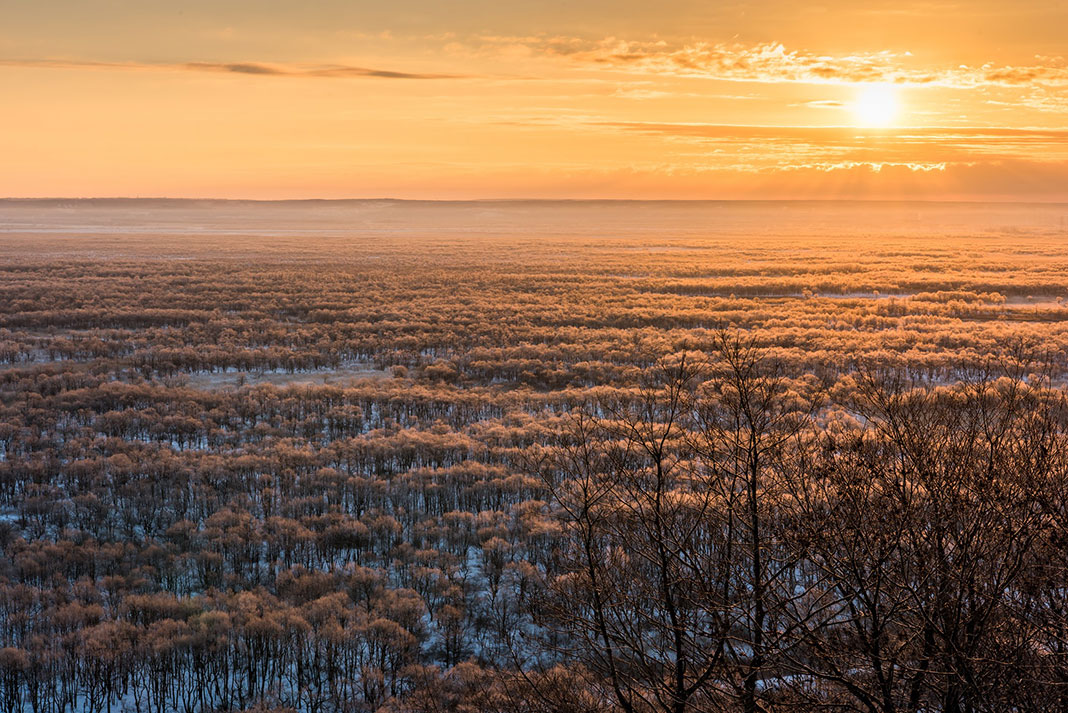
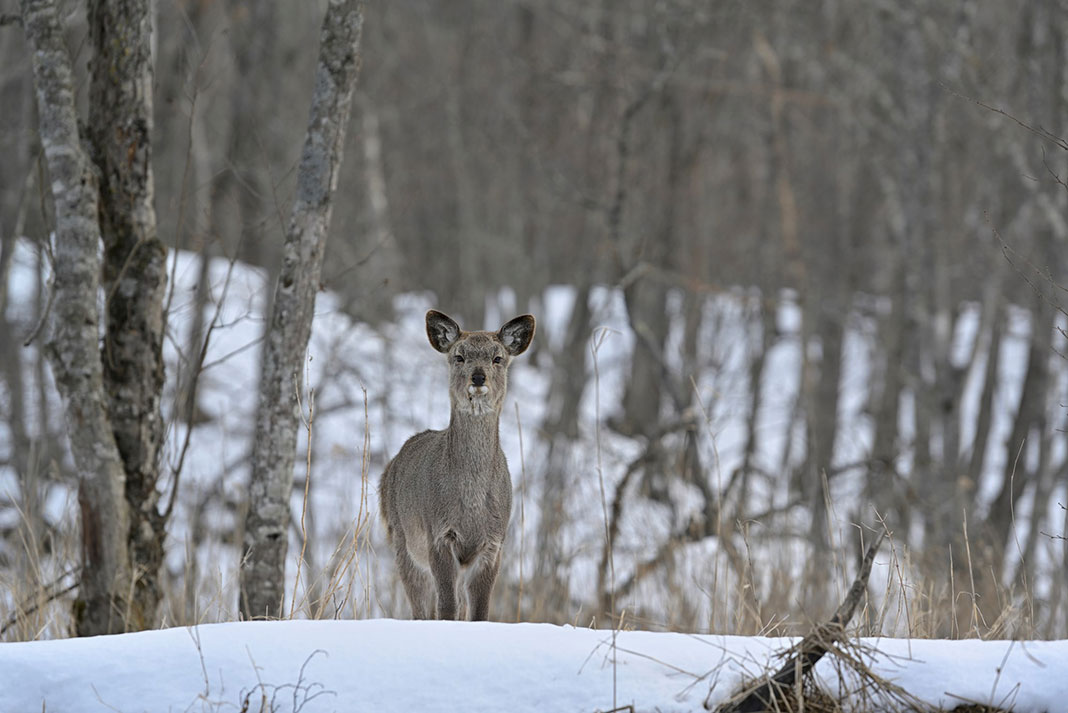





We agree! Totally our favourite river in northern Japan for a decent multiday canoe trip.